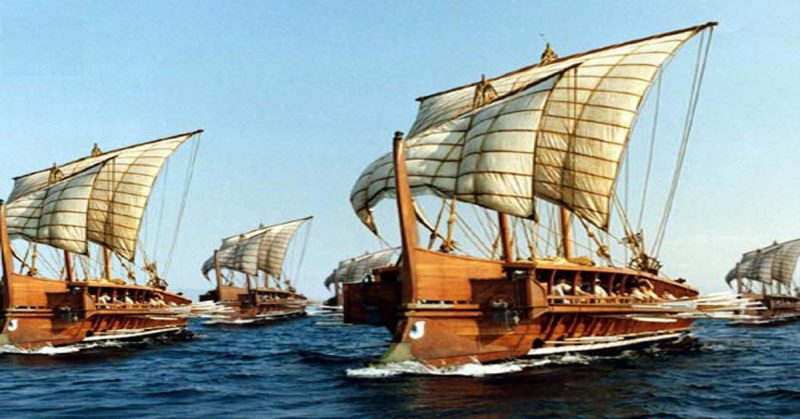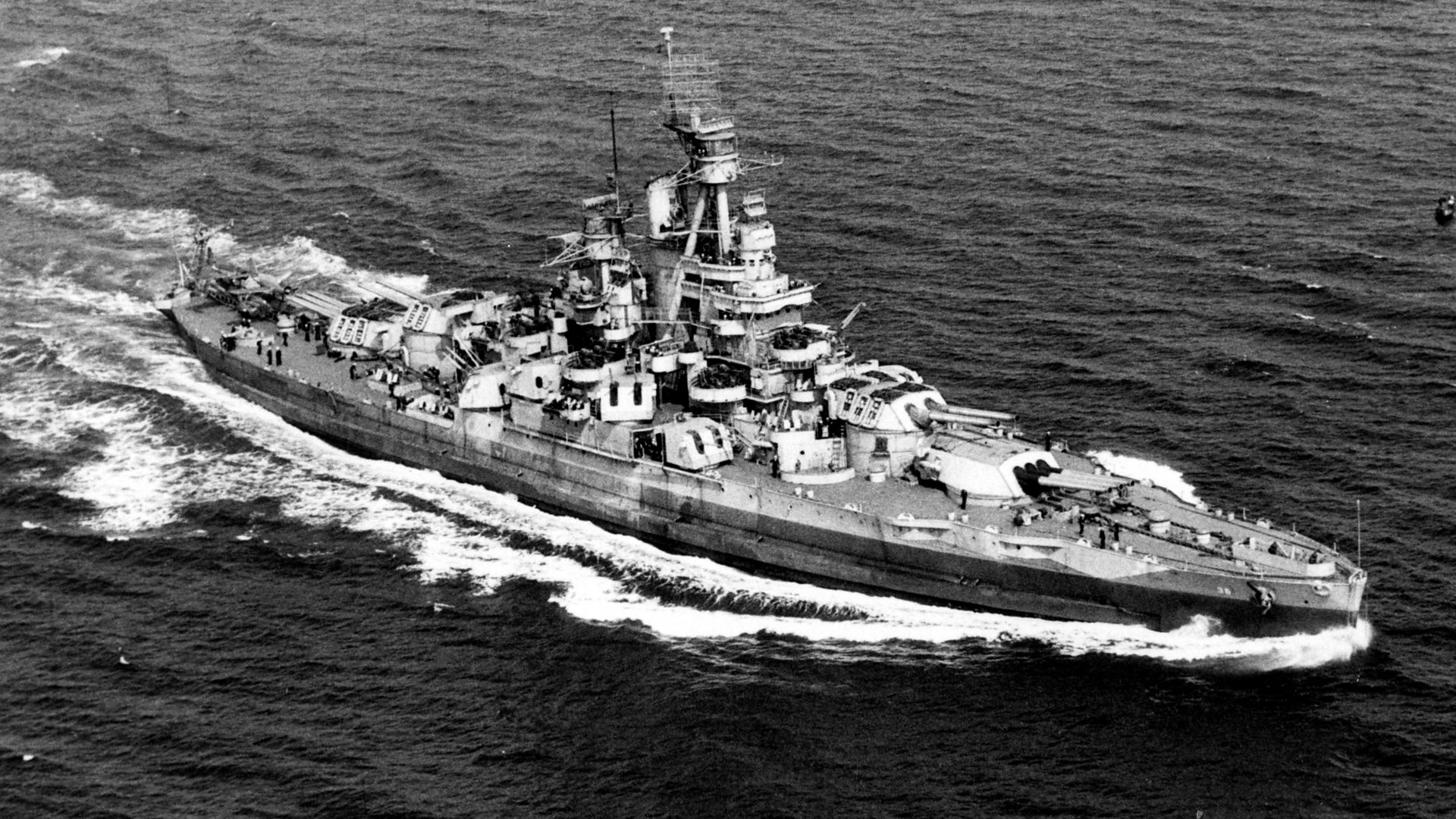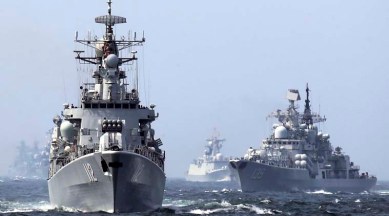Intro
From ancient civilizations to modern-day security, the navy has played a critical role in shaping the course of history.
Have you ever wondered how early civilizations protected their trade routes and secured their territorial waters? Well, the answer lies in the development of naval forces.
The history of the navy can be traced back to the earliest civilizations that developed near water bodies. The need for a naval force arose from the desire to protect maritime trade routes, and to secure territorial waters against potential threats from other maritime powers.
Early Naval Forces
 |
| Fig:- Illustration of Navies of Greece |
The ancient civilizations of Egypt, Greece, and Rome were among the earliest to develop naval forces. The Egyptians used ships to control the Nile and to trade with other civilizations along the Mediterranean Sea. The Greeks developed a powerful navy to defend their territories and to conquer new lands. The famous Battle of Salamis, fought between the Greeks and Persians in 480 BCE, was a turning point in naval history, as it demonstrated the importance of naval power in warfare.
 |
| Fig:- Early Roman Ships |
The Romans also recognized the importance of naval power, and built a large fleet to control the Mediterranean and to expand their empire. The Roman navy was instrumental in defeating Carthage in the Punic Wars, and played a key role in the spread of Roman civilization across the Mediterranean.
Naval Power and Exploration
The navy has played a significant role in the exploration and development of new trade routes throughout history. During the Age of Exploration in the 15th and 16th centuries, navies were instrumental in the exploration and colonization of the New World. The Portuguese and Spanish were among the first to establish global empires based on their naval power, while the English and Dutch established powerful trading companies and colonies. The English also developed a powerful navy, which played a critical role in defeating the Spanish Armada in 1588.
 |
| Fig:- Naval Warship HMS Hotspur of British Royal Navy in 1870 |
In the 19th and 20th centuries, advances in technology and the growth of industrialized nations led to the development of more sophisticated naval vessels, such as battleships, submarines, and aircraft carriers. The development of the steam engine in the 19th century revolutionized naval power, leading to the creation of more advanced warships and the establishment of naval bases and ports around the world.
The Navy in World War 1
 |
| Fig:- A warship during WW1 |
During World War I, naval forces played a critical role in the conflict, with both sides recognizing the importance of controlling the seas in order to achieve victory. One of the most significant developments of the war was the use of submarines, which had a major impact on the conduct of naval warfare.
The British Royal Navy, the largest and most powerful naval force in the world at the time, played a crucial role in maintaining blockades and transport of troops and supplies. The Battle of Jutland, fought between the British and German navies in 1916, was one of the largest naval battles in history and demonstrated the importance of naval power in modern warfare.
 |
| Fig:- Royal Navy during WW1 |
The use of submarines and naval mines also played a significant role in disrupting trade and commerce, with German U-boats sinking numerous merchant vessels in an effort to cut off Allied supplies. This led to the establishment of convoys, in which merchant ships were escorted by naval vessels in order to provide protection against submarine attacks.
 |
| Fig:- German U-boat during WW1 |
Ultimately, the naval blockade contributed to Germany’s defeat and the end of the war, as it effectively cut off Germany’s access to key supplies and resources.
The Navy in World War 2
 |
| Fig:- Battleship Nevada of US during WW2 |
The navy played an even more significant role during World War II. The naval battles of the Pacific theater, such as the Battle of Midway and the Battle of the Coral Sea, were crucial in turning the tide of the war. Meanwhile, the Battle of the Atlantic, fought between the German navy and Allied forces, was critical in maintaining the supply lines between the United States and Europe. The navy also played a crucial role in the D-Day landings in Normandy, providing vital support and protection for the troops landing on the beaches. The use of aircraft carriers, submarines, and naval air power also significantly impacted the outcome of the war. Ultimately, the navy played a critical role in the defeat of the Axis powers and the restoration of peace in Europe and Asia.
Role of Navy Today
The navy plays a crucial role in today's world, serving as a key element of global security and maintaining the freedom of the seas. With the proliferation of piracy and terrorism, the navy is tasked with protecting maritime trade routes and responding to a range of security threats.
One of the primary functions of the navy is to maintain a constant presence on the high seas, deterring potential adversaries and responding to crises as they arise. This includes conducting joint exercises with allied nations, monitoring shipping lanes, and engaging in peacekeeping operations.
 |
| Fig:- Naval forces during crisis |
The navy also serves as a vital component of disaster relief efforts, providing essential assistance in times of crisis. Whether responding to natural disasters like hurricanes and earthquakes or providing support in war-torn regions, the navy plays a critical role in delivering essential supplies and aid to those in need.
In addition to these vital functions, the navy also serves as a powerful tool for diplomacy, building relationships with foreign nations and helping to prevent conflicts before they occur. Through joint training exercises and military exchanges, the navy plays a vital role in fostering goodwill and cooperation between nations.
Overall, the navy remains an essential element of global security, serving as a powerful force for good in a complex and ever-changing world.

